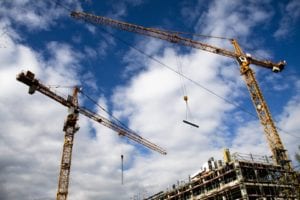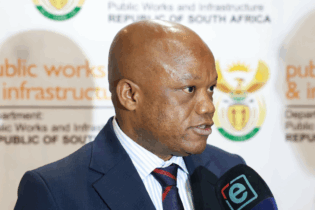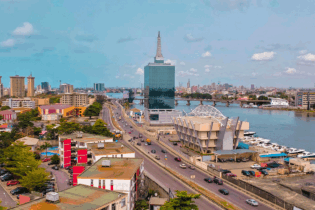The battle for influence on the continent between Development Finance Institutions (DFIs) and Export Credit Agencies (ECAs) from China and the United States is set to heat up over the next decade in a fierce competition that could help Africa bridge its vast infrastructure gap faster than expected.
This is according to new research from global law firm Baker McKenzie. Together with data provider IJGlobal the report, titled A Changing World: New trends in emerging market infrastructure, shows that development finance lending from state-backed institutions is the most important component of infrastructure funding in sub-Saharan Africa. According to the report survey respondents attribute the significance of DFI-lending in sub-Saharan Africa to the growing demand for infrastructure development (39%) and to the lack of availability of commercial funding for projects in the region, due to the perceived high risks associated with these investments (34%). The report further notes that China put US$8.7 billion in sub-Saharan Africa infrastructure projects in 2017 alone, while the US recently set up a new US$60 billion agency to invest in developing countries.Changing investment landscape
Wildu du Plessis, Head of Africa at Baker McKenzie in Johannesburg, notes that the infrastructure investment landscape in sub-Saharan Africa has changed beyond recognition in the past decade. “The continent still suffers from massive under investment. According to African Development Bank (AfDB), poor infrastructure has cost the continent a cumulative 25% in growth in the last two decades.“The World Bank estimates that the continent needs more than US$90 billion per year to begin bridging the infrastructure gap. However, in many African countries governance has improved which has accelerated growth and will make investment easier. Africa’s GDP is expected to grow to 3.7% in 2019 and countries such as Ethiopia and Ghana, for example, have enjoyed some of the world’s fastest growth recently,” he explains.
The report shows how China has targeted sub-Saharan Africa in recent years, both in the context of its need for natural resources and as part of the Belt and Road Initiative (BRI). Chinese policy banks loaned $19 billion to energy and infrastructure projects in the region from 2014-2017, almost half of which was in 2017. The US is also seen as a major player in infrastructure investment in Africa. The US Power Africa programme reported recently that since its inception five years ago it has funded 80 transactions valued at more than US$14.5 billion that are now either online, under construction, or have reached final close. The programme remains fully funded.







